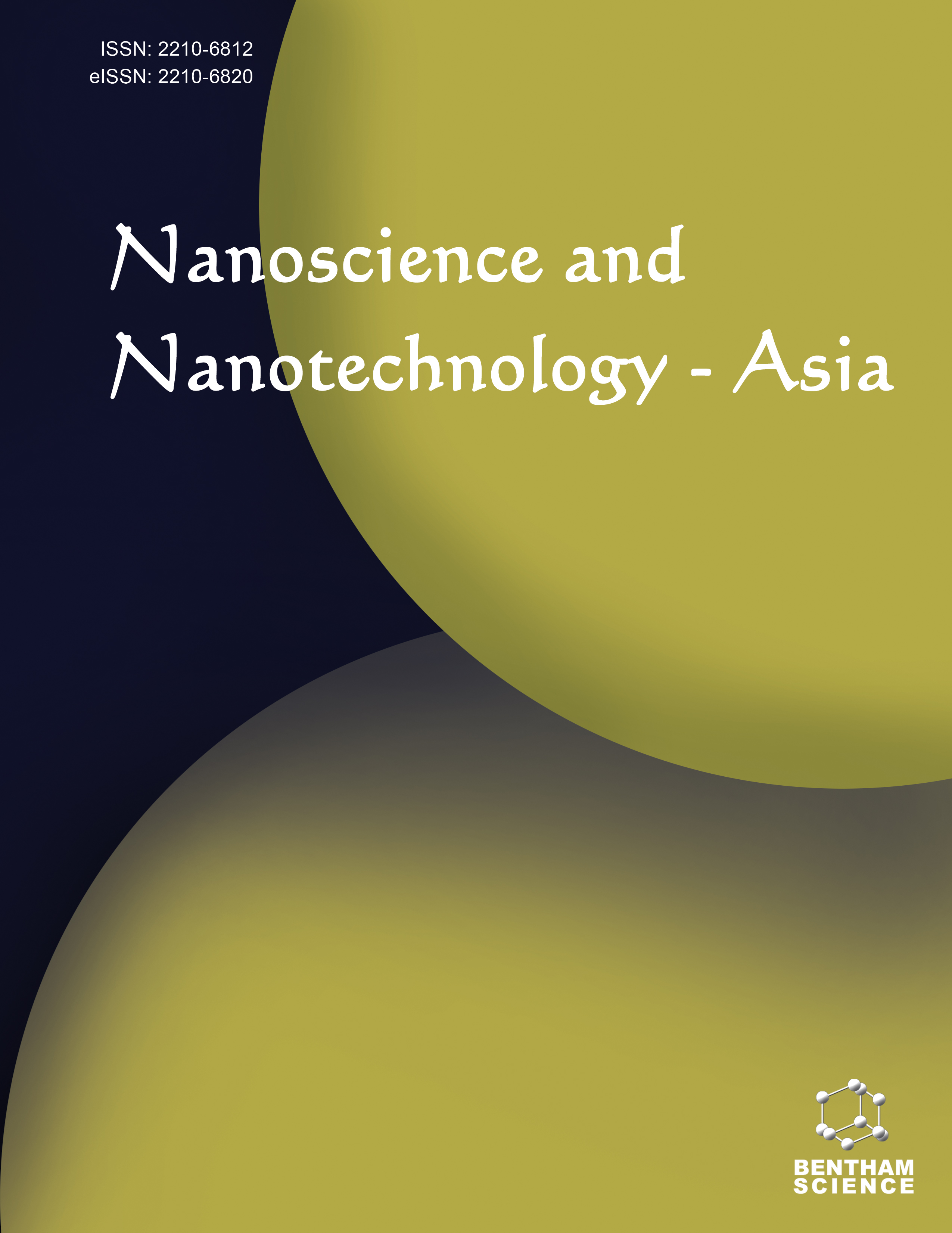
Full text loading...
Nanoparticles are used in industrial products, such as textiles, to induce novel properties, such as antibacterial, antistatic, UV blocking, self-cleaning properties, wrinkle resistance, and water and oil repellent. Moreover, using enzymes (protease, lipase, amylase, and cellulase) is widespread in detergent industries for washing conditions.
This research examines the interactions between metal (Ag) and metal oxide nanoparticles (TiO2 and ZnO NPs) and amylase, cellulase, protease, and lipase as detergent enzymes and their impacts on enzyme activity. Using a central composite design, a total of 320 experiments under different conditions were conducted to determine the extent of change in enzyme activity. Results indicated that lipase had the lowest activity under interaction with silver nanoparticles, while cellulase and protease were most affected by interactions with Ag NPs and a-TiO2.
The surface response of the examined parameters showed the most effect from the interaction time and temperature and the enzyme/nanoparticle ratio and temperature parameters. This research result demonstrated that physical, chemical, and biological differences existed between nanoparticle and enzyme interface.
The findings can be used to improve the interaction between nanoparticles and detergent enzymes in washing conditions, aiming to retain their traits.

Article metrics loading...

Full text loading...
References


Data & Media loading...
Supplements

